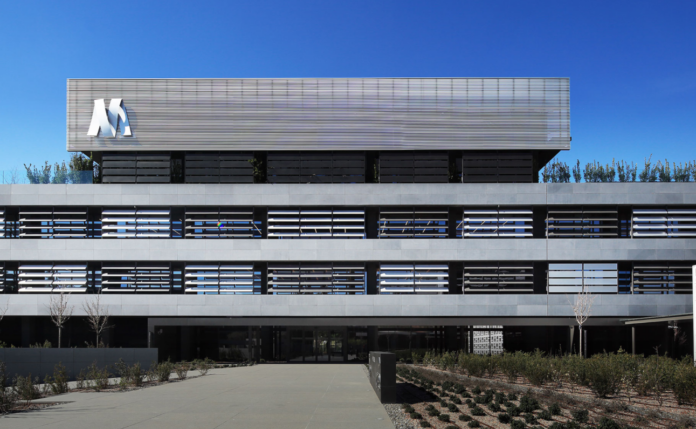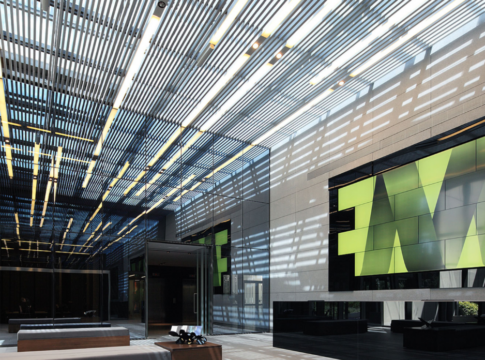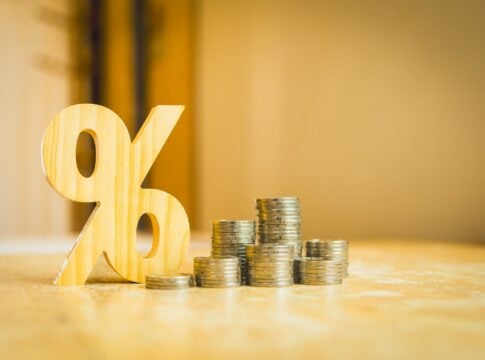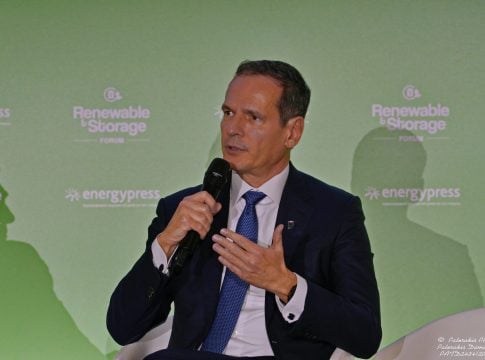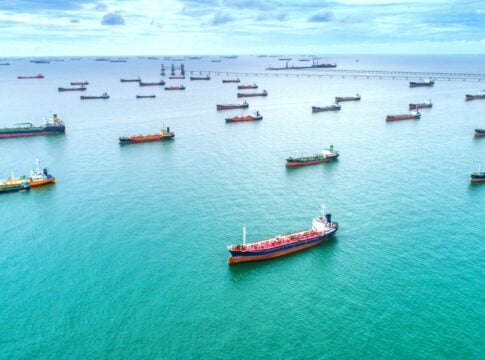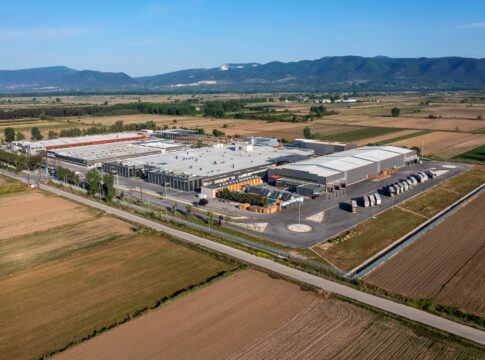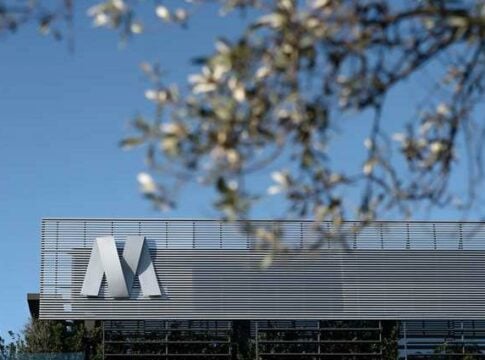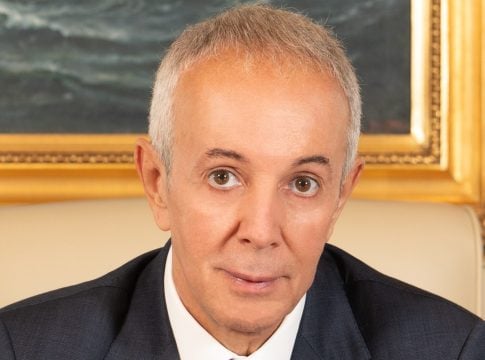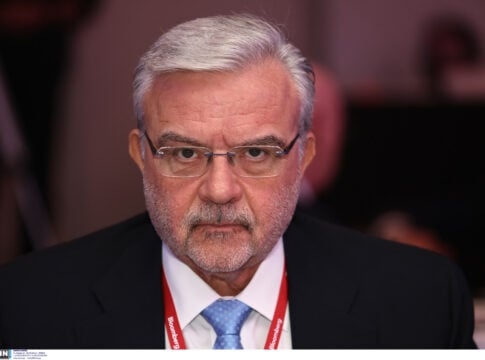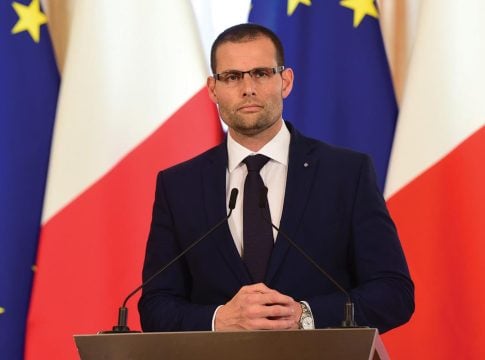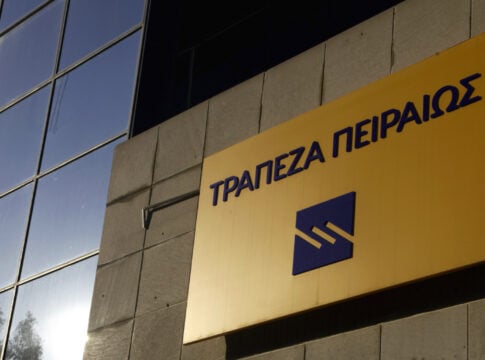METLEN Energy & Metals announced its plans for new RES projects in Sicily, after receiving the necessary permits, while also signing a cooperation protocol with Ance Sicilia, in order to explore the possibilities of cooperation with Italian companies highly specialized in RES projects.
More specifically, METLEN is in the preparation phase for the development of solar parks in the regions of Trapani and Nissena, with a total installed capacity of approximately 45 MWp, while projects are also expected to be implemented in Calabria, with a capacity of approximately 105 MWp.
Aris Spyropoulos, Regional Managing Director of Italy & Eastern Europe of METLEN, stated: “Signing this cooperation protocol, METLEN confirms once again that it is a protagonist in the development and support of the regions where it operates, with the aim of strengthening the local economies, placing particular emphasis on the economic, environmental and social sustainability of the specific areas.”
The President of Ance Sicilia, Santo Cutrone, noted that “we are proud that METLEN Energy & Metals recognizes us as a leading regional business association, as we are able to offer an extensive list of specialized companies that can meet the high technical requirements of the projects, as well as to guarantee safety, reliability and sustainability. We hope that this collaboration, which meets the energy transition goals of Sicily until 2030, will bear many fruits and create new opportunities for the economic and productive development of this place.”
Four-year investment plan in Italy
METLEN recently announced the launch of a major four-year investment plan in Italy, with a portfolio of around 180 projects. This plan, which will span the entire Italian peninsula as well as islands, foresees a total installed capacity of 3.6 GW, which will come from solar and wind farms, energy storage systems and green hydrogen.


